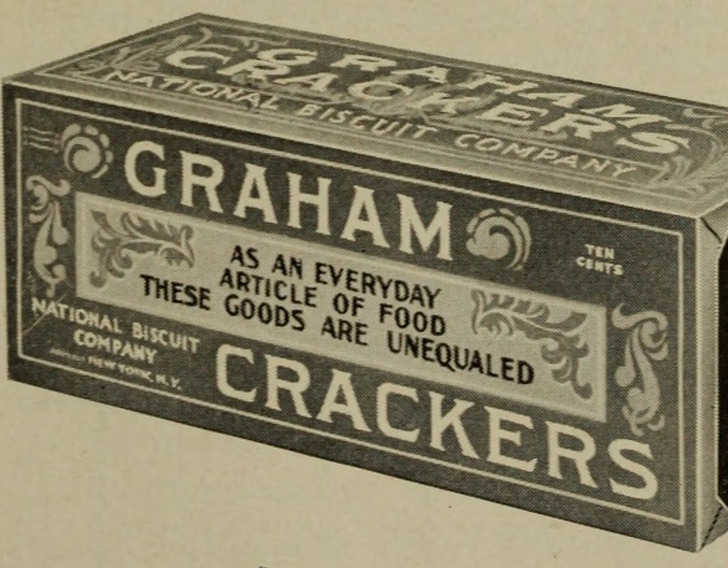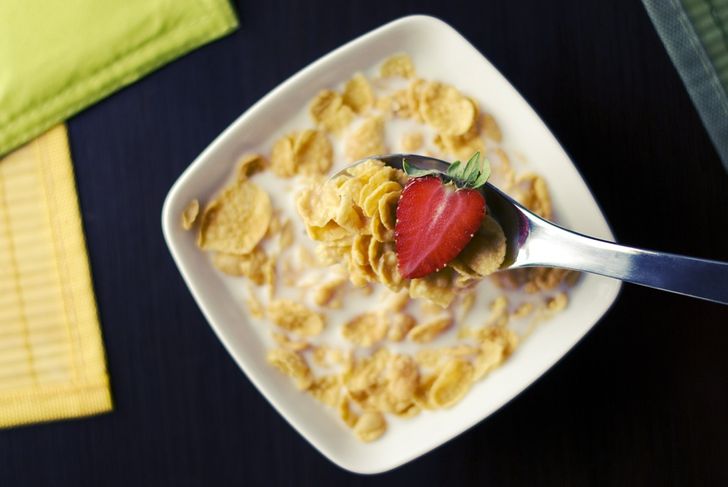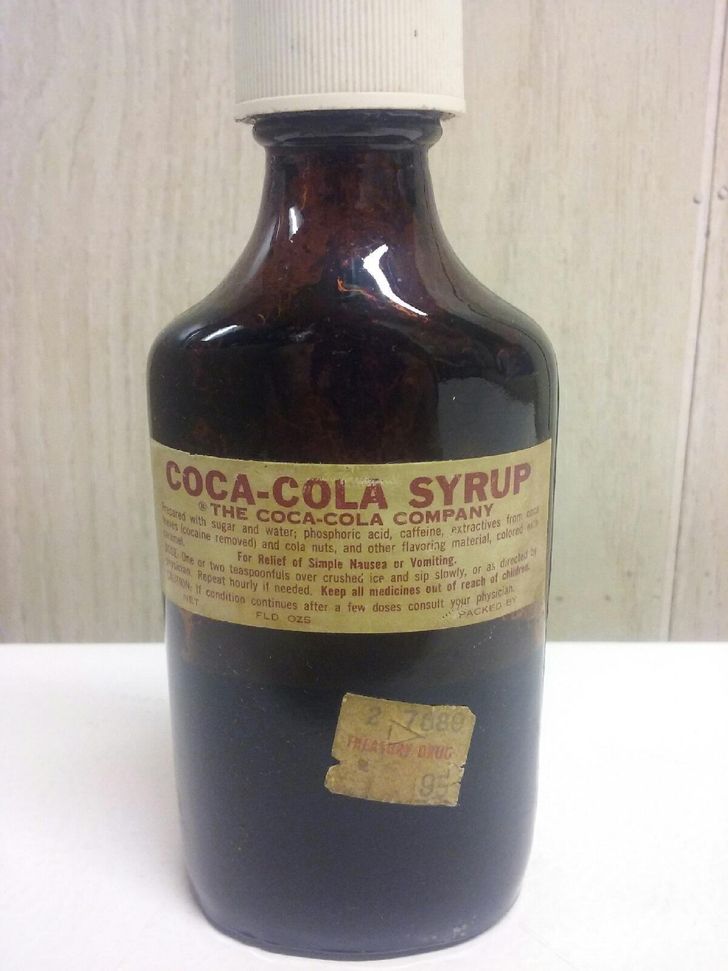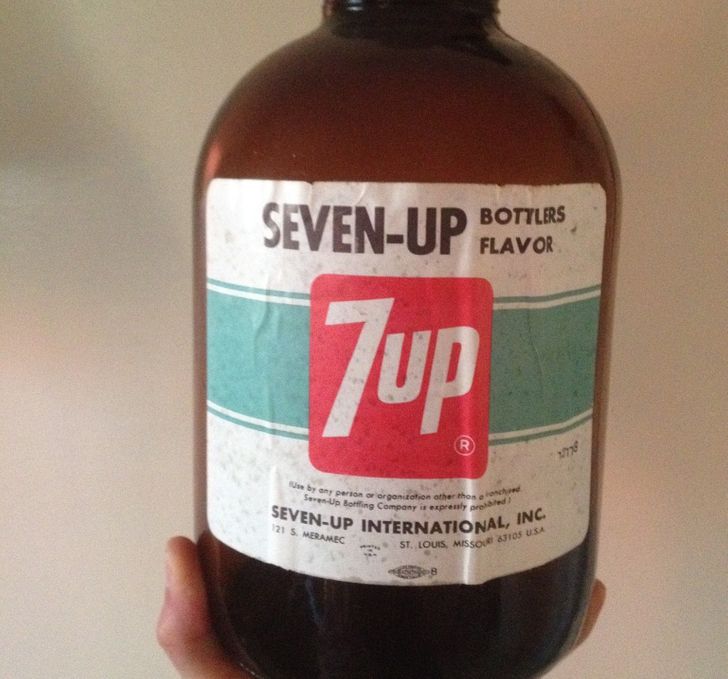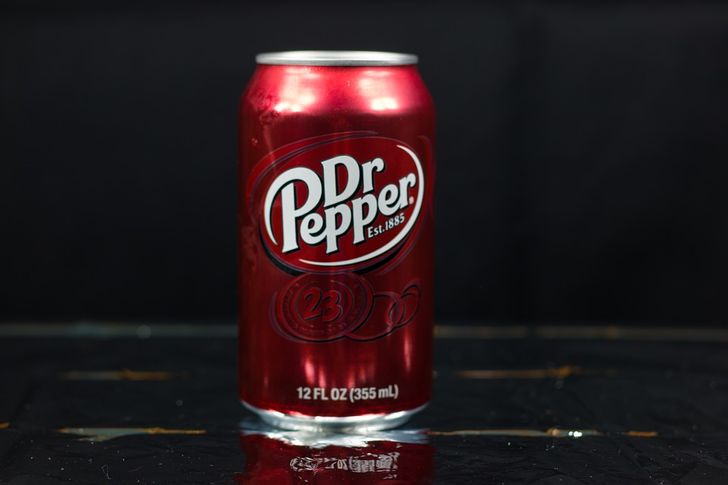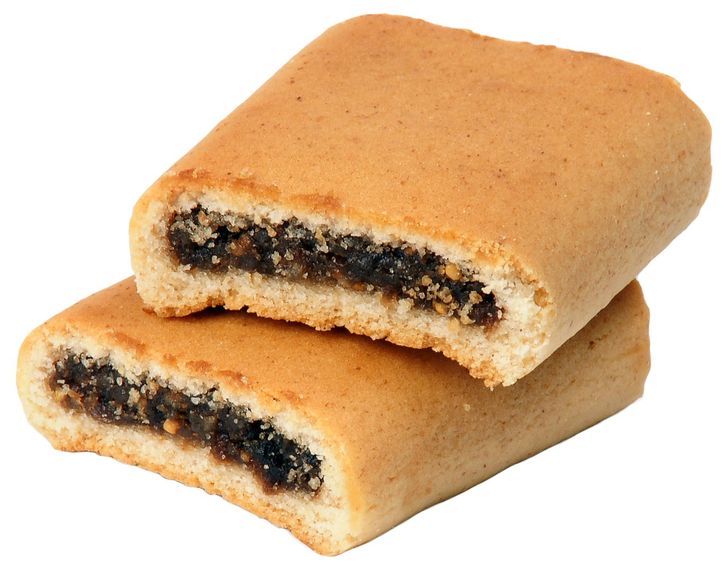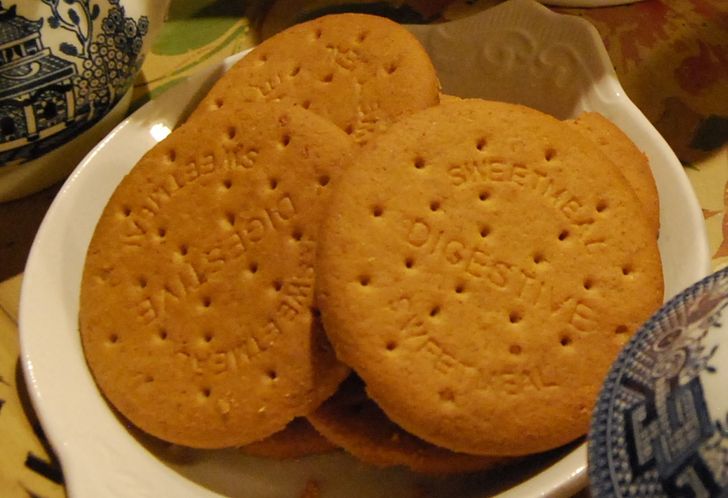Regarding the last one, Digestive Biscuits, I worked in Sudan on a contract in 1988 and I took many packets (on advice) in case I could not eat due to gastric infection. They WORKED, they provided me with nourishment when I could eat nothing else. I recommended them to anyone who cannot keep food down. I still have them as a regular treat and now I am in Philippines (brit ex-pat), previously lived in Cambodia and Thailand where they are readily available in most major supermarkets.
9 Common Foods We Didn’t Know Had Medical Origins
Walking down the aisles in the nearest grocery store, we don’t realize that some of our favorite products have a rich history. Apparently, some of them had completely different uses when they first came out. For example, Coca-Cola started as an alcoholic drink filled with cocaine and fought against headaches, while Graham crackers were used to raise morale among people.
Today, we at Bright Side present you with a list of 9 foods that, back in the day, used to help people to fight their ailments.
1. Graham Crackers
2. Corn Flakes
Dr. John Harvey Kellogg and his brother Will Keith Kellogg, that were the supporters of healthy lifestyle, created cornflakes by chance. They accidentally left pieces of wheat on the cooker and went away on business. When they returned, they found that the dried lumps were very edible, especially if they were pressed together with a rolling pin. By doing the same with corn, Kellogg created a mini-revolution in gastronomy. Later cornflakes were sold under the brand Kellogg’s Corn Flakes as part of the Graham diet, claiming it would reduce dyspepsia and “morally destructive” behaviors.
3. Salisbury Steak
Dr. James Salisbury served as a physician and became convinced that diarrhea suffered by the soldiers could be controlled with a diet of coffee and lean chopped beefsteak. In 1888 he introduced The Salisbury Steak: ground beef flavored with onion and seasoning and then deep-fried or boiled and covered with gravy or brown sauce. He suggested it should be eaten 3 times a day to fight against many illnesses.
4. Coca-Cola
Cola, that we have today, underwent a number of changes before it appeared in our glass. First, there was a drink called “Pemberton’s French Wine Coca,” a strong wine that contained caffeine-rich kola nuts and cocaine. Its creator, John Pemberton, claimed it could cure everything from nerve trouble to exhaustion to impotence. Later this drink became illegal so Pemberton used sugar syrup to develop a non-alcoholic version and called it Coca-Cola. The drink gained its popularity only after Pemberton’s death in 1888, when Cola was sold as a “tonic and headache remedy.”
5. 7-Up
In 1929, 7-UP was originally called “Bib-Label Lithiated Lemon-Lime Soda” and was used as a mood-stabilizing drink, since it contained lithium citrate, the same compound used to treat psychiatric conditions. It was marketed as a hangover cure and was sold with lithium as the main ingredient until 1950. In 2006, the version of the product sold in the US was reformulated so it could be marketed as being “100% natural.”
6. Dr Pepper
Dr Pepper was created by Brooklyn-born pharmacist Charles Alderton in Morrison’s Old Corner Drug Store in Waco, Texas. To test his new drink, he first offered it to store owner Wade Morrison, who found it tasty. Soon the new drink was available as a “brain tonic” under the name “Waco.” A bit later the name was changed to Dr Pepper.
7. Goo-Goo Clusters
During the 1920s and 1930s the Goo-Goo candy bars were marketed as “a nourishing lunch for a nickel.” At this time, the main problem was caloric undernourishment, especially for working-class people. So high-calorie candies with marshmallow nougat, caramel, and roasted peanuts covered in milk chocolate were promoted as valuable and inexpensive sources of food energy.
8. Fig Newtons
Until the late 19th century, many doctors believed that most illnesses were related to digestion problems, so they recommended eating biscuits and fruit on a daily basis. Charles Roser invented a machine in 1891 which inserted fig paste into a thick pastry dough. The very first Fig Newtons were baked at the F. A. Kennedy Steam Bakery in 1891.
9. Digestive Biscuits
Another “digestion” helper was first developed in 1839 by 2 Scottish doctors. Since these biscuits contained a high amount of sodium bicarbonate, the inventors claimed that eating them after a large meal would be beneficial to one’s health. McVitie’s put digestive biscuits into a mass production and, although they’re still called digestives, the company now puts a disclaimer on the cookies’ packaging: “The ingredients in this biscuit do not contain any substances that assist digestion.”
Were you surprised by any of the origins? Which one surprised you the most? Did we mention your favorite snack? Share with us in the comment section!
Comments
Related Reads
Meet Lukas: the Real Story of Parry-Romberg Syndrome and How He Looks Today

15+ Airplane Passengers Who Had a Shocking Experience on Board

My ''Control Freak'' MIL Runs Our Marriage, and My Husband Lets Her

18 Transformations That Prove Surgeons Are Literally Magicians

My MIL Tried to Get Me Pregnant and I’m Furious

9 People Share Impossible Events That Horrified Them to Their Core

15 Texts From People Whose Logic Breaks All Boundaries

8 Riddles That Are Full of Surprises

15+ Discovers That Blew Our Minds Away

I Refused to Take My Pregnant Stepmother to the Hospital

5 Logic Riddles That Require a Good Imagination

15 True Hotel Stories That Are Too Surreal to Be Real

